'Keeping Childcare in Picture': The importance of women in our economy
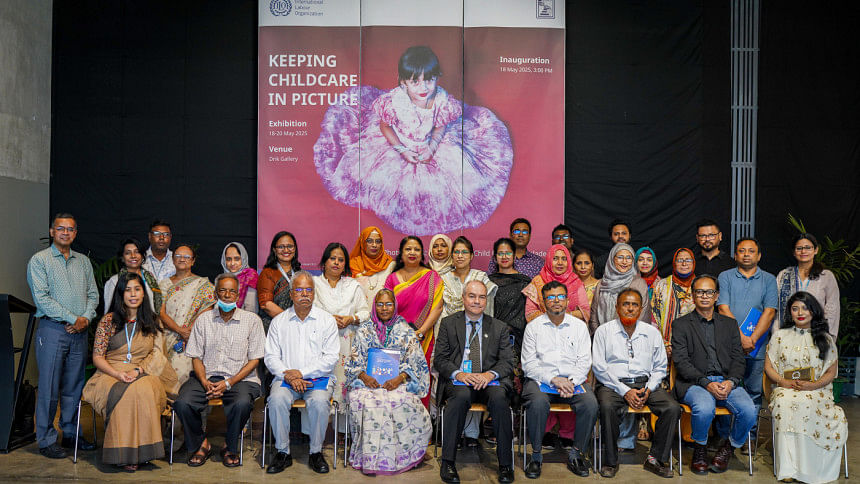
Drik Gallery today wrapped up an exhibition on the emergence and evolution of child care facilities in Bangladesh through the photography of Md Rakibul Hasan. In collaboration with the International Labour Organization (ILO) and the Bangladesh Institute of Labour Studies (BILS), the exhibition "Keeping Childcare in Picture" intends to inform the masses and create awareness about the necessity and nature of child care facilities in our country.
Senior Secretary Mumtaj Ahmed of the Ministry of Women and Children inaugurated the event as the chief guest. Department of Women Affairs DG Keya Khan, Executive Director Syed Sultanuddin Ahmed of BILS, and other high officials from the Ministry of Women and Children, and the Ministry of Labour and Employment were also present at the inauguration ceremony.
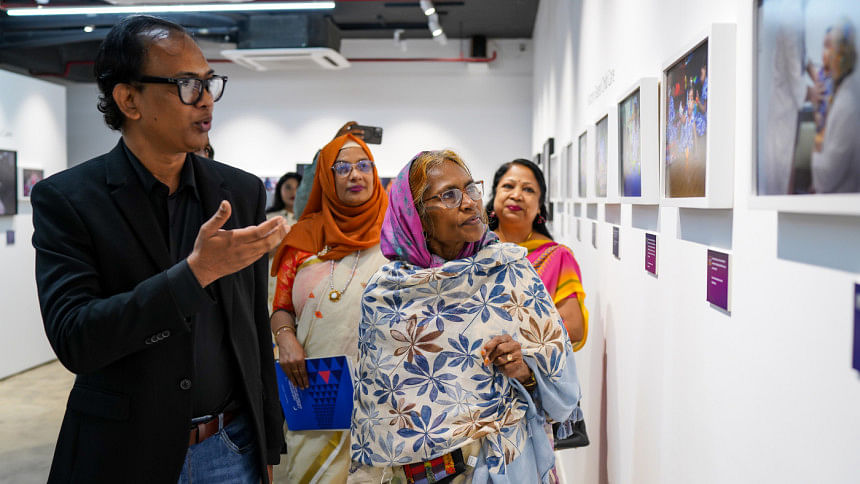
The conception of childcare facilities first came into being in France in 1840. In the US, during the First World War, women had to step up and support their families to fill in the absence of the income earned by their husbands. Daycare centres were subsequently developed to look after the children of soldiers. Since then, the West has seen a dramatic rise in childcare facilities, gradually spreading the practice throughout the world.
Along with the rise in women's institutionalised education in our country, their engagement in paid labour mostly outside the home, and also the increase in nuclear families, there lingers a need for a dedicated presence to care for the children. Women in Bangladesh contribute 36% to the national economy, yet their unpaid and unrecognised labour, in almost every job sector, is often overlooked. A huge portion of these working women work in readymade garments factories. Needless to say that the ones without a wealthy and powerful family often get exploited by working longer hours and getting paid less. In the context of joint families, relatives assist working women in looking after the kids, but nuclear families do not have that privilege. Moreover, parents often need to seek accommodation in the same city or area as their workplaces, leaving behind their joint families. Thus, childcare services were introduced for the welfare of children and their parents.

Photographer Hasan explained that there are primarily two types of approaches in childcare, the first one caters to children at their own homes, and the other provides a common space for several children. For the home-based service, a house help, a nanny, or sometimes a financially struggling individual, takes care of the kids. The latter, based on shared spaces, can be classified into five categories - government childcare, profitable private childcare, employer-funded childcare, NGO driven childcare, and community childcare. The services for low-income women are most often free and non-profit. Hasan informed that if there are at least 40 women in a garment factory, it is required to have childcare facilities.
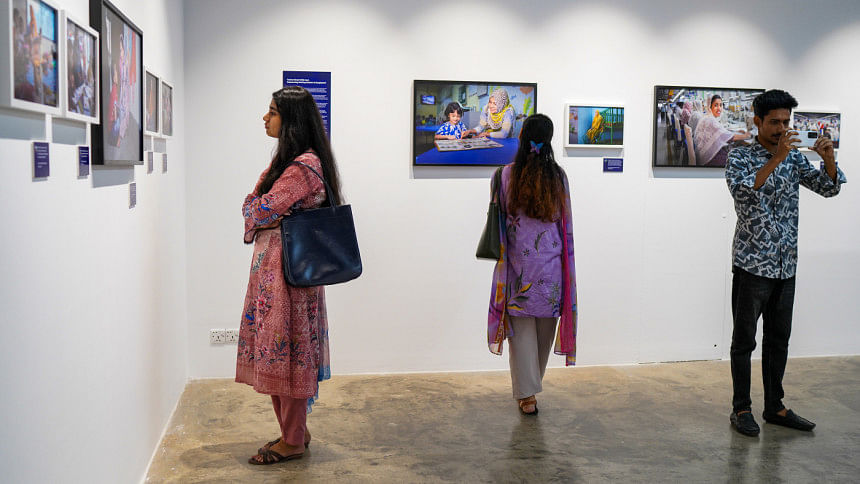
Childcare centres are often described as daycare centres, as most of the working women work during the day. Hasan has photographed several childcare centres for this project, where the shared spaces are highlighted to showcase the relationship and understanding between the clients/parents and the caregivers. We can see the warm and tender care for kids aged from six months to six years in these homes. Usually, the services include feeding, bathing, cleaning up after infants and toddlers, preschooling, teaching basic manners and etiquette, and playtime and recreation. The children stay with the caregivers for 8 to 10 hours on average.
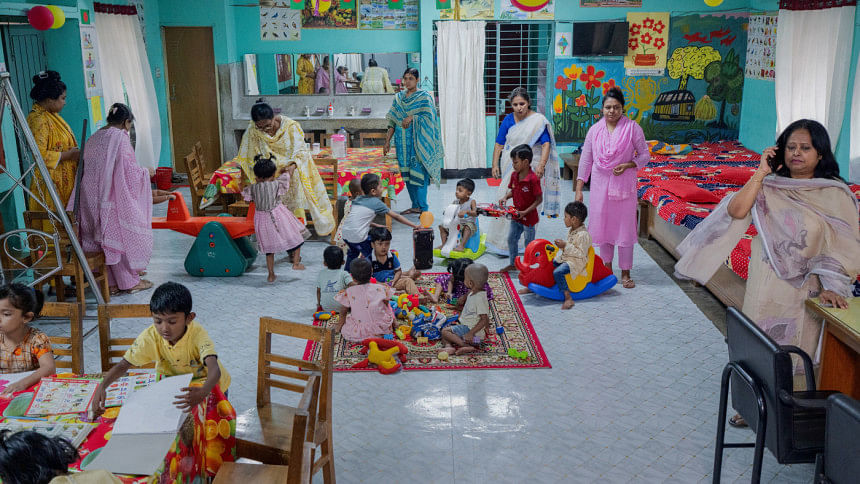
"Keeping Childcare in Picture" sheds light on the importance of childcare in our economy. The immense pressure of earning a living and caring for their children needs to be lessened to make women's lives a little bearable as they financially contribute to the country and run alongside their male counterparts. Moreover, the role of a nanny and caregiver needs to be respected and valued. The society cuts men slack just for working, but for women, the expectations are endless. The exhibition thus emphasises not only childcare but also women's empowerment, which is yet to be established in all spheres of life.

 For all latest news, follow The Daily Star's Google News channel.
For all latest news, follow The Daily Star's Google News channel. 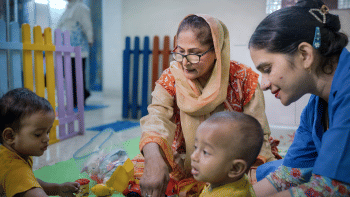



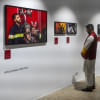





Comments